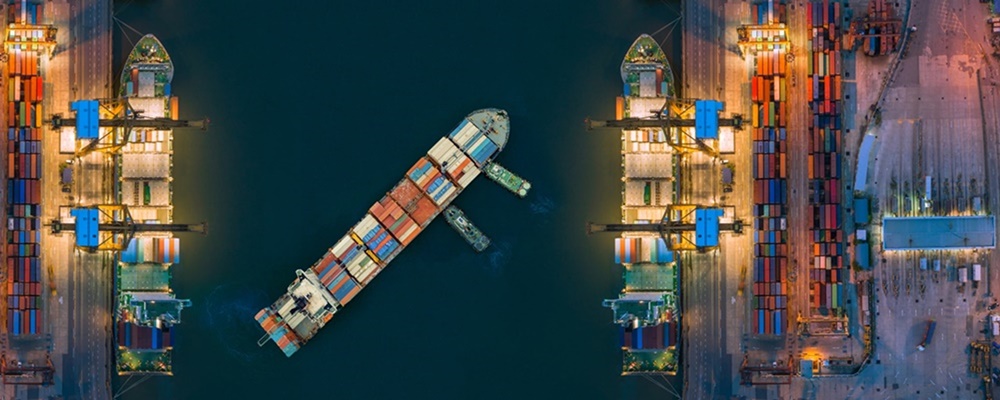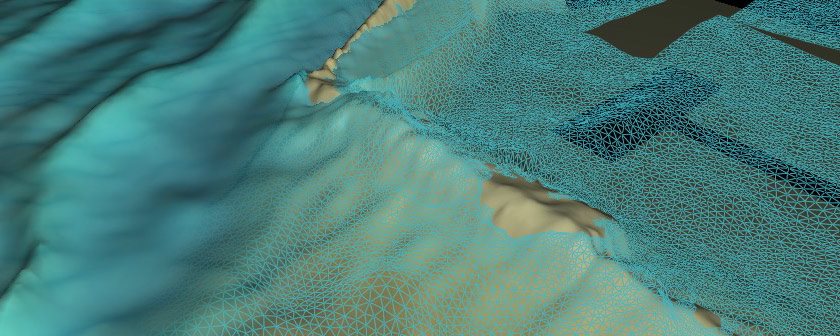With the continuing surge in commercial vessel sizes, the world’s port authorities are under pressure to adopt effective expansion strategies to meet growing capacity demands. One of the key challenges is to ensure that robust strategic plans and operational measures are in place to guarantee safe and efficient traffic – not only through shipping channels, but also at port berthing facilities.
Indeed, successful ports are aware that safe mooring is the prerequisite for effectively servicing their existing calls and attracting new and larger ships. The challenge is managing mooring operations under changing environmental conditions to prevent accidents, delays and additional costs.
It shouldn’t just mean something on paper
Traditionally, assessment of moored vessels at berth – in terms of capacity and operability – are typically carried out using a conservative static force balance approach. The tools used in basic methodologies are almost never employed in day-to-day operational support systems. Such strategic studies provide static guidelines and in reality, do little to help ports attain their full capacity and throughput.
Understanding the dynamic effects of wind, currents and the local wave climate on moored vessels gives ports the advantage to maximise their berth utilisation while ensuring the safety of the ships, terminals and personnel at all times. This knowledge will help ports:
- reduce mooring failures which can result in equipment damage, crew injuries or fatalities
- negate the need for extra resources onboard to ensure ship safety
- ensure that ships are able to meet scheduled timelines
Making informed decisions is key
Port authorities are starting to discover that advanced digital decision support tools, such as web-based port traffic management systems, are the answer to improving berth utilisation safely and efficiently. As opposed to traditional methods, online portals, such as NCOS ONLINE (and its Mooring Analysis module, in particular), allows ports to integrate mooring analysis with dynamic berth planning to strengthen critical port workflows on a day to day basis.
7 things to look out for in your port traffic management system
When considering a port traffic management system to help you achieve better mooring outcomes, you should look out for one that makes it possible for you to:
- Carry out mooring analysis quickly for each vessel at berth
- Optimise your scheduling based on detailed forecasts
- Resolve passing vessel-induced moored vessel motions
- Accurately assess the responses of each unique vessel
- Perform wind, wave and current modelling with precision
- Work securely through a real-time, customisable interface
- Receive alerts and dynamic decision support in the event of adverse weather changes
When you have a solution that integrates weather forecasts, real-time data and detailed vessel response technology into a user-friendly online system, the power to assess mooring risks truly lies in your hands.








